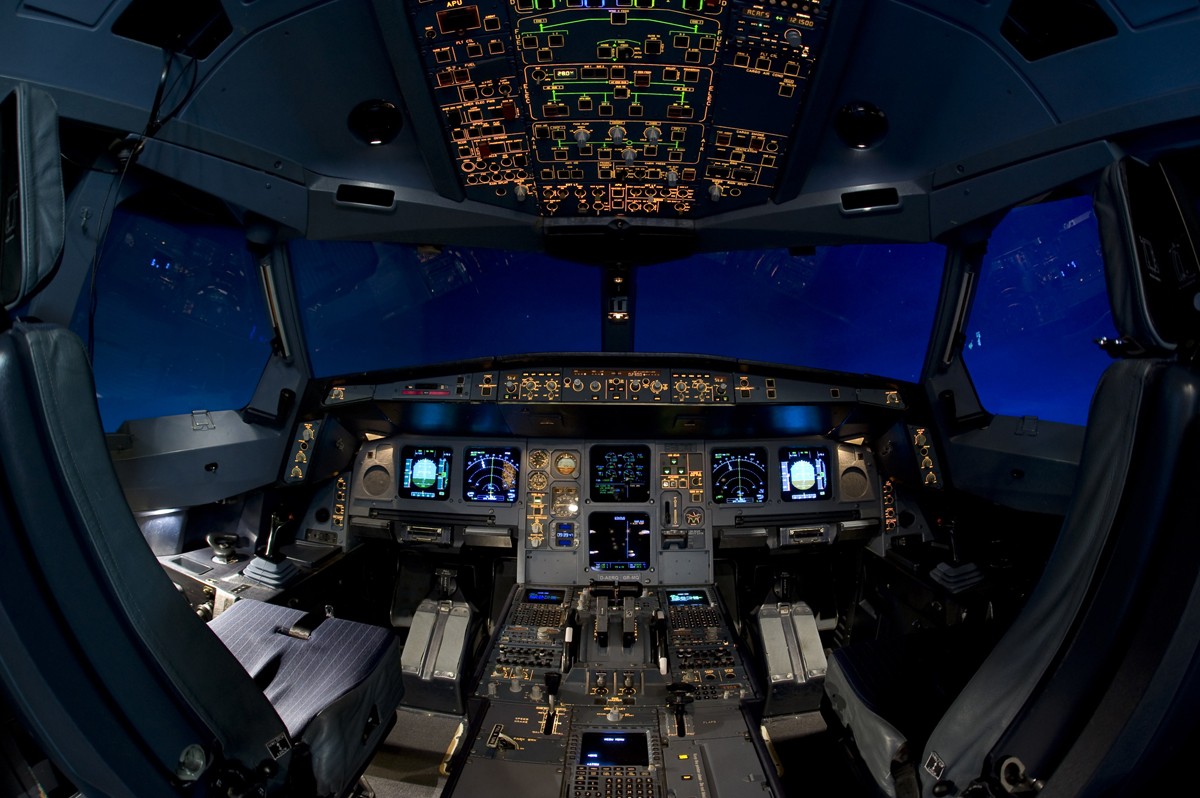
Aviation technical standards are the backbone of safe and efficient air travel. Ever wondered why planes rarely crash or how they manage to navigate the skies so seamlessly? It's all thanks to these meticulous guidelines. From the materials used in aircraft construction to the protocols pilots follow, every detail is scrutinized to ensure maximum safety. But what exactly are these standards, and who sets them? Organizations like the FAA and ICAO play a crucial role in defining these rules. Understanding these standards not only gives you peace of mind but also a deeper appreciation for the complexity of air travel. Ready to learn more? Let's dive into 13 fascinating facts about aviation technical standards!
Key Takeaways:
- Aviation technical standards ensure safe and efficient air travel by setting guidelines for aircraft design, maintenance, and operation. They also address environmental concerns to minimize aviation's impact on the environment.
- As technology advances, new standards are being developed to integrate drones into airspace and reduce aviation's carbon footprint with sustainable aviation fuels. These changes help ensure ongoing safety and efficiency in the industry.
What Are Aviation Technical Standards?
Aviation technical standards ensure safety, efficiency, and reliability in the aviation industry. These standards cover everything from aircraft design to maintenance procedures. Here are some fascinating facts about these crucial guidelines.
-
International Civil Aviation Organization (ICAO)
The ICAO sets global aviation standards. Established in 1944, it helps ensure safe and orderly international air travel. -
Federal Aviation Administration (FAA)
In the United States, the FAA regulates all aspects of civil aviation. It develops standards for aircraft manufacturing, operation, and maintenance. -
European Union Aviation Safety Agency (EASA)
EASA oversees aviation safety in Europe. It harmonizes regulations across member states, ensuring a high level of safety.
Aircraft Design and Manufacturing Standards
Designing and manufacturing aircraft involves strict adherence to technical standards. These guidelines ensure that planes are safe and reliable.
-
Certification Process
Before an aircraft can fly, it must be certified. This process involves rigorous testing to ensure compliance with safety standards. -
Material Standards
Aircraft materials must meet specific standards for strength, durability, and resistance to environmental factors. This ensures the aircraft can withstand various stresses during flight. -
Avionics Standards
Avionics, or aviation electronics, must adhere to precise standards. These include guidelines for communication, navigation, and monitoring systems.
Maintenance and Operational Standards
Maintaining and operating aircraft also require adherence to strict standards. These guidelines help ensure ongoing safety and efficiency.
-
Maintenance Schedules
Aircraft must follow regular maintenance schedules. These schedules are based on hours flown, cycles completed, or calendar time. -
Pilot Training Standards
Pilots must undergo rigorous training and certification. This ensures they have the skills and knowledge to operate aircraft safely. -
Operational Procedures
Airlines must follow specific operational procedures. These include guidelines for takeoff, landing, and emergency situations.
Environmental and Noise Standards
Aviation technical standards also address environmental concerns. These guidelines help minimize the impact of aviation on the environment.
-
Emissions Standards
Aircraft engines must meet emissions standards. These guidelines help reduce the environmental impact of aviation. -
Noise Standards
Noise standards limit the amount of noise aircraft can produce. This helps reduce noise pollution around airports.
Future of Aviation Technical Standards
As technology advances, aviation technical standards continue to evolve. These changes help ensure ongoing safety and efficiency in the industry.
-
Unmanned Aerial Vehicles (UAVs)
UAVs, or drones, are becoming more common. New standards are being developed to ensure their safe integration into airspace. -
Sustainable Aviation Fuels (SAFs)
SAFs are being developed to reduce aviation's carbon footprint. Standards for these fuels ensure they are safe and effective for use in aircraft.
Final Thoughts on Aviation Technical Standards
Aviation technical standards ensure safety and efficiency in the skies. These guidelines cover everything from aircraft design to maintenance procedures. Without them, flying would be far riskier. Pilots, engineers, and regulators rely on these standards to keep operations smooth and secure. They also help in the development of new technologies, making air travel more advanced and reliable. Understanding these standards gives you a glimpse into the complexities of aviation. Next time you board a plane, remember the rigorous standards that make your journey possible. These rules are the backbone of the aviation industry, ensuring every flight is as safe as possible. So, whether you're a frequent flyer or just curious, knowing about aviation technical standards adds a layer of appreciation for the work behind the scenes. Safe travels!
Frequently Asked Questions
Was this page helpful?
Our commitment to delivering trustworthy and engaging content is at the heart of what we do. Each fact on our site is contributed by real users like you, bringing a wealth of diverse insights and information. To ensure the highest standards of accuracy and reliability, our dedicated editors meticulously review each submission. This process guarantees that the facts we share are not only fascinating but also credible. Trust in our commitment to quality and authenticity as you explore and learn with us.


